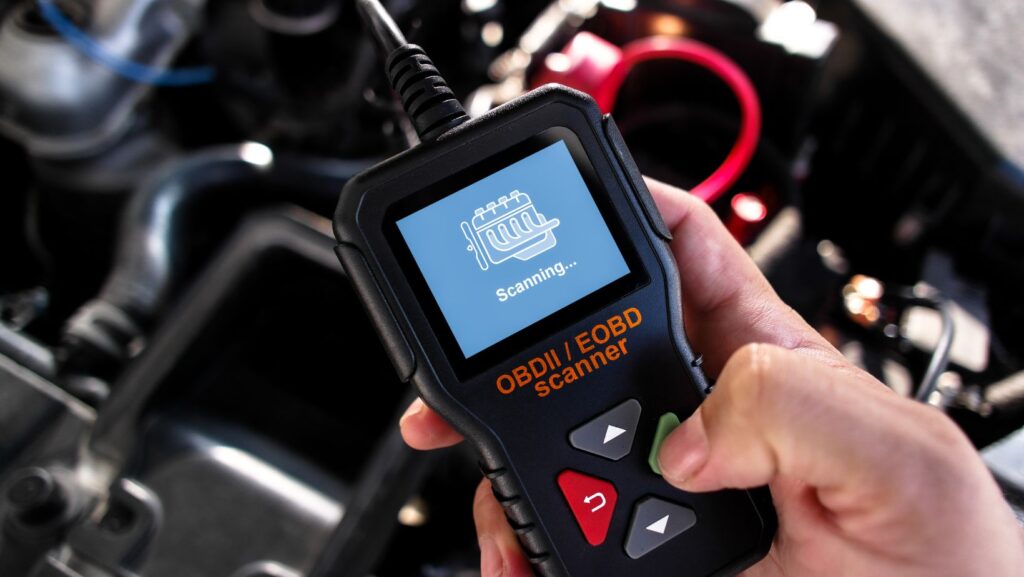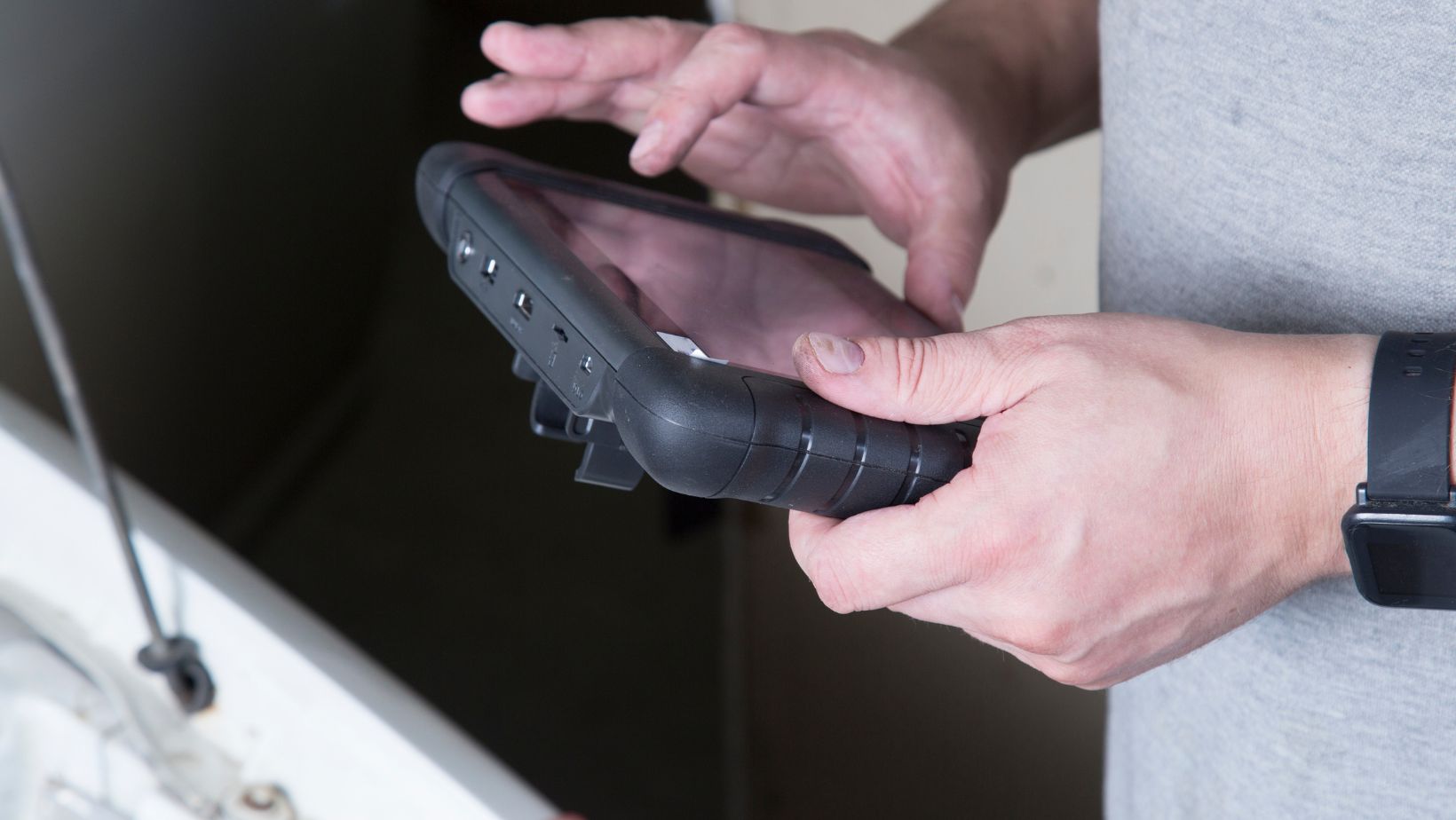
When it comes to the automotive industry, customer experience is everything. Whether someone is coming in for a routine oil change or a more serious repair, their experience can determine whether they return—or look for another shop next time. One powerful tool that’s transforming the way repair shops engage with customers is a digital vehicle inspection app.
In a world where trust, transparency, and technology shape how we interact with businesses, a digital vehicle inspection app is emerging as a game-changer. It not only improves internal workflows but also builds confidence and clarity for the customer. Instead of relying on handwritten notes and vague explanations, this app empowers technicians to document vehicle issues with photos, videos, and real-time updates that are shared directly with the customer.
By replacing traditional paper-based inspections with digital tools, auto repair shops can now provide a smoother, faster, and more transparent experience. Customers are no longer left wondering about the condition of their vehicle or second-guessing repair recommendations. They see the evidence themselves, right on their phone.
In this post, we’ll dive into how digital vehicle inspections are reshaping the customer experience for the better—and why every modern auto shop should be using a digital vehicle inspection app to stay competitive.
What Is a Digital Vehicle Inspection?
A Digital Vehicle Inspection is a modern method of assessing the condition of a vehicle using a tablet or smartphone instead of paper. It allows technicians to document their findings with photos, videos, and notes, which are then shared with the customer via text or email. These inspections typically include checklists, customizable templates, and real-time updates.
This process replaces the traditional, manual inspections that often left customers in the dark. With DVI, everything is visible, trackable, and transparent.
Why Customer Experience Matters More Than Ever
Before diving into how DVI enhances the customer journey, let’s talk about why customer experience (CX) is critical in the automotive world. Today’s customers are more informed, more connected, and more selective. They’re not just looking for a fix—they want an experience that is:
- Transparent: They want to know what’s going on with their vehicle.
- Fast and convenient: Time is valuable, and long wait times are a dealbreaker.
- Trustworthy: Customers need to feel that they’re not being taken advantage of.

Traditional inspections often failed to deliver on these fronts. Miscommunications, lack of documentation, and paper-based processes created friction and distrust. That’s where DVI comes in.
1. Building Trust Through Transparency
One of the biggest advantages of using a digital vehicle inspection system is building trust. Customers often feel anxious when they’re told their vehicle needs repairs—especially when they can’t see the problem themselves.
With DVI, customers receive detailed visual reports. These include:
- Photos and videos of the actual problem
- Notes from technicians explaining the issue
- Color-coded systems showing urgency (green = good, yellow = monitor, red = immediate attention)
This visual and contextual communication puts the customer at ease. Instead of taking your word for it, they can see exactly what you see, making them far more likely to approve recommended work.
2. Speeding Up the Approval Process
In the past, service advisors had to call customers, explain the issue, and wait for them to respond. This often led to delays and inefficiencies in the workflow.
Digital vehicle inspections change the game by allowing instant communication. As soon as the inspection is done, customers receive a link via text or email to review the report and approve any services with just a click.
This eliminates phone tags and streamlines the decision-making process, helping shops:
- Complete more jobs in a day.
- Improve bay efficiency
- Reduce vehicle downtime
For the customer, it’s a seamless, convenient experience that fits their lifestyle.
3. Reducing Miscommunication and Errors
Paper-based systems leave a lot of room for human error. A technician might scribble notes that are hard to read, or a service advisor might misinterpret something.
With DVI, everything is documented digitally. Reports are standardized, easy to read, and backed by visual evidence. This reduces miscommunication between technicians, advisors, and customers—and keeps everyone on the same page.
The result? Fewer disputes, smoother operations, and happier customers.
4. Creating a Sense of Professionalism and Modernity
Let’s be honest—first impressions matter. If a customer walks into your shop and sees outdated clipboards, messy paperwork, and unclear communication, it reflects poorly on your business.
Digital vehicle inspections help modernize your image. Customers are impressed when they receive a sleek, digital report on their phone with images, videos, and clear notes. It sends a strong message: “We are a professional, trustworthy, and forward-thinking business.”
In a competitive industry, that edge can make all the difference.
5. Providing a Better Post-Service Experience
Customer experience doesn’t end when the customer picks up their vehicle. A well-documented digital report helps continue that journey even after they leave the shop.
Here’s how:
- Customers can refer back to previous reports for future service.
- Reports can be emailed and used as records for insurance or warranty claims.
- Shops can send follow-up reminders based on past inspections.
This keeps your shop top-of-mind and encourages repeat business—all while offering genuine value to the customer.
6. Encouraging Preventive Maintenance
Most people only visit the repair shop when something breaks. However, with DVI, technicians can highlight potential future issues and educate customers on preventive maintenance.
By seeing early signs (and having them documented visually), customers are more likely to approve smaller fixes now rather than face expensive repairs later. This:
- Builds trust
- Helps customers save money
- Keeps vehicles in better shape
It also gives shops a chance to schedule future work, improving revenue consistency.
7. Boosting Ratings and Customer Loyalty
Happy customers are more likely to leave positive ratings and refer friends. Digital vehicle inspections help deliver the kind of experience that earns those glowing 5-star ratings.
When customers feel informed, respected, and well taken care of, they’re much more likely to become loyal patrons. And in today’s world, loyalty is gold.
Implementation: Is It Hard to Get Started?
The idea of switching from paper to digital may sound daunting, especially for older shops. But the good news is that most DVI software is user-friendly and doesn’t require much tech know-how.
Training usually takes just a day or two. Once your team gets the hang of it, the benefits far outweigh the initial learning curve. Many solutions also integrate with your existing shop management system, making the transition even smoother.
Final Thoughts: Digital Inspections Are a Win-Win
Digital vehicle inspection tools aren’t just a fancy upgrade—they’re a strategic move that improves customer relationships, shop efficiency, and overall profitability.
To sum it up:
✅ Customers get more transparency
✅ Technicians communicate better
✅ Service advisors save time
✅ Shops build more trust
✅ Everyone wins
In a world where convenience, communication, and credibility matter more than ever, Digital Vehicle Inspections are not just a tech trend—they’re the new standard.
If you’re in the auto service business and want to take your customer experience to the next level, there’s no better time to make the switch.











